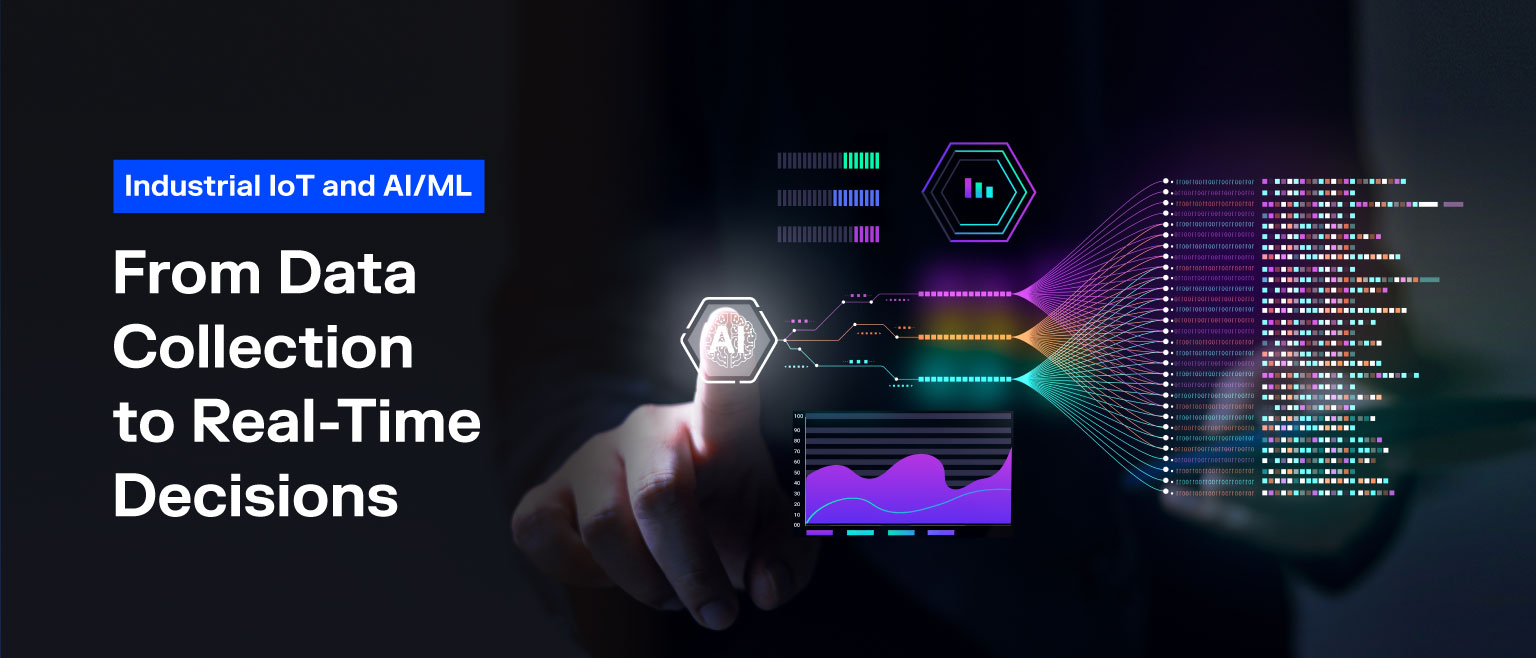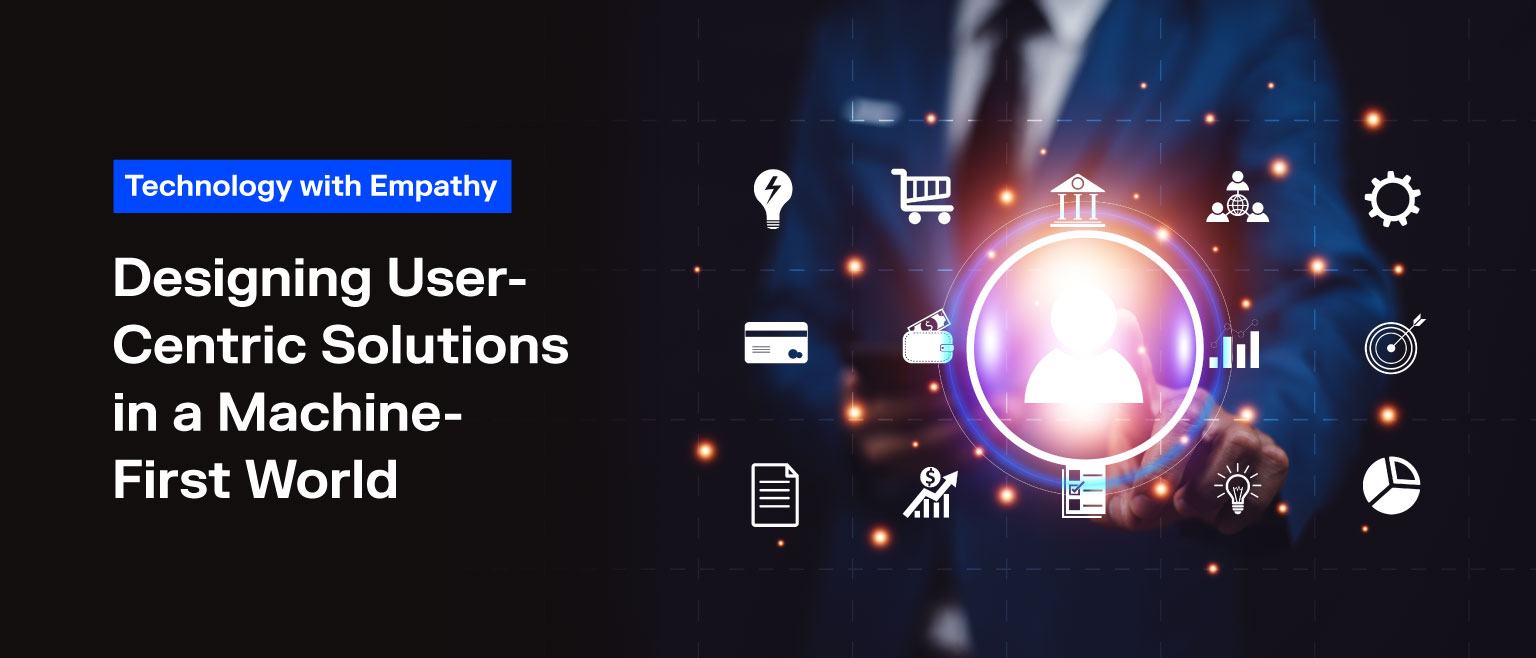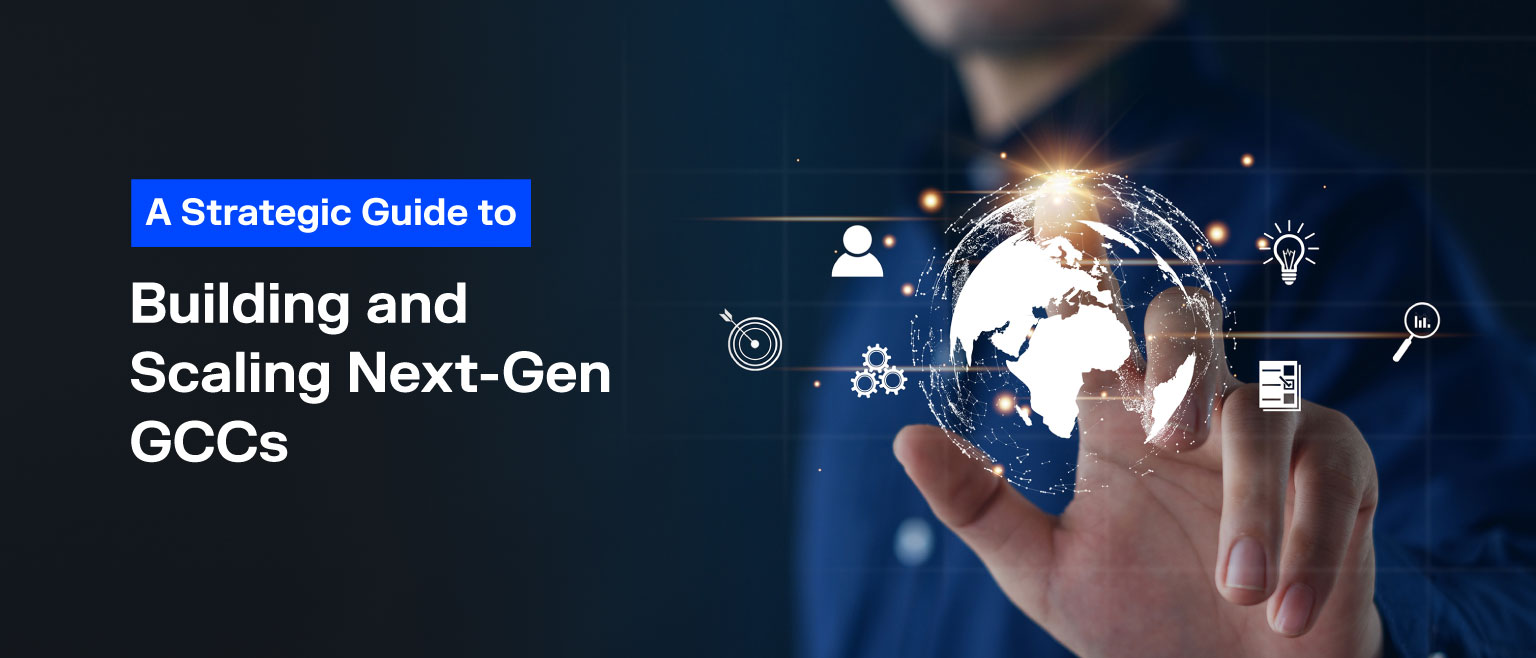Industrial IoT and AI/ML: From Data Collection to Real-Time Decisions
Every industry, right now, is going through major changes due to the introduction of new technologies and innovation. And these innovations don’t just talk about making the process faster, but focus on making the process intelligent. This is what the Industrial Revolution 4.0 is all about.
The fourth industrial revolution is about digitalization and intelligent automation of the manufacturing process through advanced technologies such as Internet of Things (IoT), Artificial Intelligence (AI), and Machine Learning (ML). The industrial IoT and AI/ML focus mainly on improving the overall efficiency of the supply chain, resulting in flexible scalability to meet customer needs.
Moving beyond just efficiency, the benefits of the industrial revolution have revolutionized manufacturing, energy, logistics, and more. It moves beyond simple automation to create systems that can think, learn, and make real-time decisions.
To truly understand how, let us understand this phenomenon with an example of a human body.
The Nervous System: IoT and Data Collections
IoT acts as the nervous system of the smart factory. Similar to the human body, it becomes a network of interconnected sensors, devices, and machines that are continuously gathering data. These sensors monitor everything from time to temperature and performance. Now, IoT devices provide a constant stream of information. This massive amount of data, sometimes called “big data,” is the raw material needed to make smart decisions. It’s the foundation upon which the intelligence of the factory is built.
With traditional methods, often the data was siloed and collected manually, which made it difficult to get a complete and real-time picture of operations. The presence of these advanced technologies makes monitoring operations easy.
The Brain: AI and ML
Artificial Intelligence and Machine Learning (AI/ML) refers to the technology that focuses on automating tasks by making computer systems capable without any or minimal human intervention such as learning, problem solving, decision making, and pattern recognition. Where AI focuses on machines mimicking cognitive functions, ML provides the ability to automatically learn and improve.
Owing to these benefits, AI/ML and IoT can work wonders, but when combined together, they become stronger. It accelerates the process as well as makes it efficient, regardless of the sector.
- Predictive Maintenance: Rather than waiting for a machine to fail, AI/ML algorithms can process sensor information (such as vibration or heat) to forecast when a failure will happen. This enables proactive scheduling of maintenance and avoids the expense of downtime.
- Quality Control: Cameras outfitted with AI can scan products on a production line in real-time, detecting defects at a speed and accuracy human inspection cannot compete with.
- Supply Chain Optimization: ML algorithms can look into demand forecasts, routes for transportation, and inventory levels to design an extremely efficient and adaptable supply chain.
This smart analysis converts raw data into actionable information, allowing a factory to be proactive instead of reactive.
Conclusion: Ability to Make Real-Time Decisions
The amalgamation is achievable through Continuous Intelligence (CI). It is the intelligent manufacturing’s next big thing. The principal process entails Data, AI/ML models, and systems combining to form a self-optimizing operation.
With CI-based operations in a factory, as well as anticipating problems, it can also respond to facilitate real-time decision-making. For instance, if an ML model identifies a possible machine breakdown, it can automatically issue a work order for servicing, alter the rate of production to compensate, and even redirect materials. All of this is done within milliseconds.
In the era of intelligent manufacturing, achieving this extent of autonomous, real-time decision-making is an enormous step ahead. The world is now moving towards a smarter and responsive world, and leading the competition. Embracing this change enables businesses to gain a competitive advantage as well as a greater comprehension of their operations.
Want to introduce CI workflow into your operations?
Connect with Judge India Solutions today and get to know more about our offerings.
Related Blogs
Technology with Empathy: Designing User-Centric Solutions in a Machine-First World
Design is a funny word. Some people think design means how it looks. But of course, if you dig deeper, it’s really how it works. This quote was quoted by…
A Strategic Guide to Building and Scaling Next-Gen GCCs
The Global Capability Centre (GCC) model in India is undergoing its most significant transformation yet. Once primarily viewed through the lens of cost arbitrage, the Indian GCC is now transitioning…
Technology at the Core: Evolving at Lightning Speed, Staying True to the Basics
From a background in government advisory, policy formulation, and regulatory frameworks, one learns how policies shape industries and how the right regulations can accelerate innovation. These foundational principles of strategy,…





